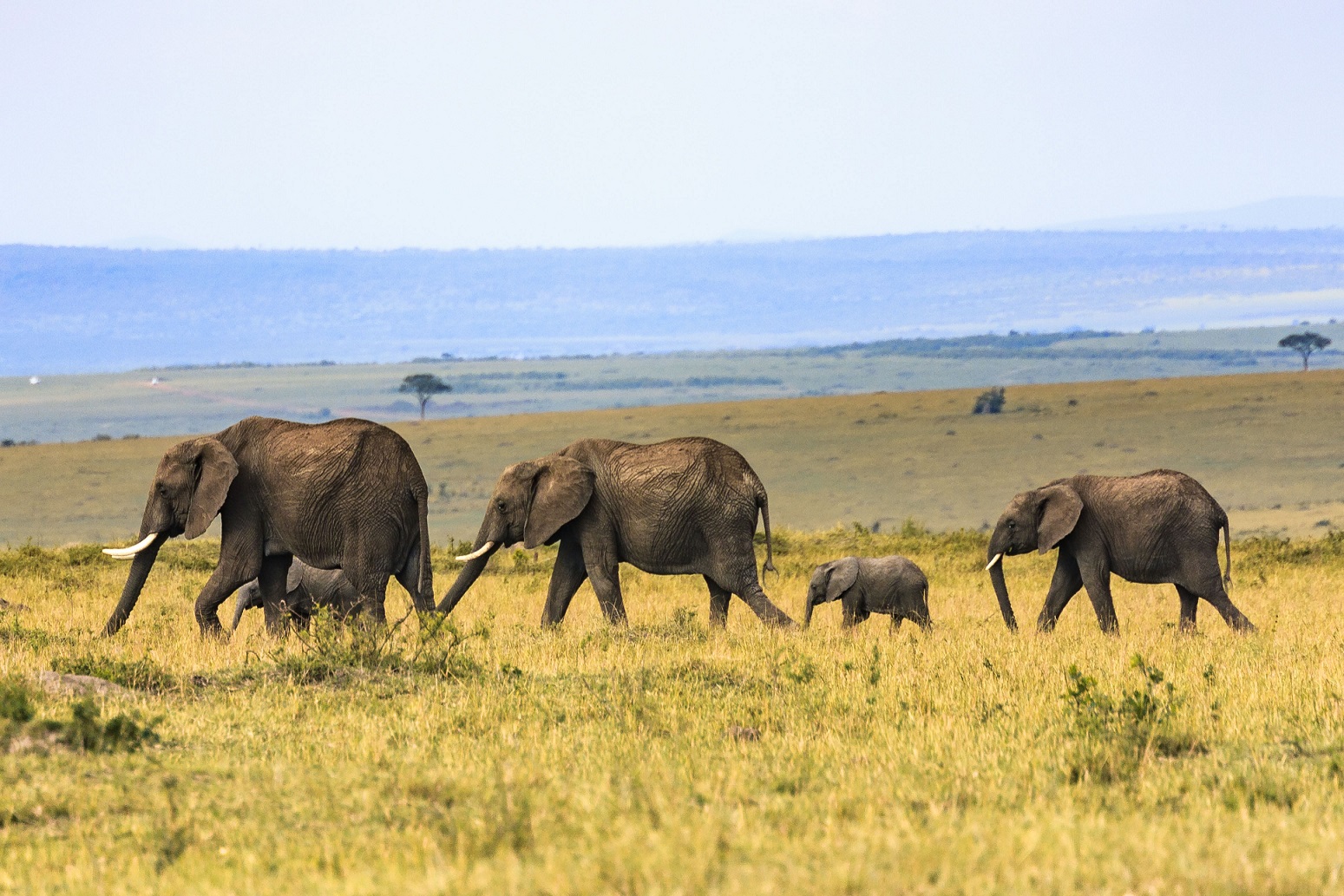The debate about hunting lions and elephants has just come roaring back. Earlier this month the U.S. Fish and Wildlife Service lifted a ban on importing lion and elephant trophies from Zimbabwe and Zambia. Just days later, after a public outcry, President Trump reinstated it. “Put big game trophy decision on hold, Mr. Trump tweeted, “until such time as I review all conservation facts.”
Although African lions and elephants are listed under the Endangered Species Act, Americans can import trophies from certain countries as long as the Fish and Wildlife Service determines that hunting will enhance the survival of the species in the wild. After several years of study, the agency determined that hunting these species in Zimbabwe and Zambia would benefit wildlife conservation.
Environmental activists aren’t reassured, and some pledged to sue. “The Trump administration must clearly and permanently halt imports of lion and elephant trophies to protect these amazing animals from extinction,” said Tanya Sanerib, a senior attorney with the Center for Biological Diversity. Mr. Trump expressed similar concerns. “Will be very hard pressed to change my mind that this horror show in any way helps conservation of Elephants or any other animal,” he tweeted.
The fear is that allowing trophy imports will lead to more killing of animals. To some extent, that’s true. But encouraging more legal hunting could actually be a good thing for endangered wildlife.
Many opponents conflate trophy hunting with poaching. Pictures featuring dozens of elephants with their tusks, ears and feet dismembered may seem to represent the effects of all elephant hunting. In reality, such gruesome scenes are created by poachers who illegally kill elephants, usually to trade their parts in Asia, where demand for ivory is high. Where poaching occurs, it is often in conjunction with corruption in the wildlife-regulation system.
Poachers are often local Africans who lose crops, livestock and family members to marauding elephant herds. To them, wildlife is a liability to be avoided or killed rather than an asset to be protected. Poaching, not legal hunting, is what caused Africa’s elephant populations to drop by 30% between 2007 and 2014.
Some argue that allowing hunters to import trophies will make it easier for poachers to market illegally killed animals. But bringing a trophy into the U.S. requires federal permits, and getting those from the Fish and Wildlife Service takes mounds of paperwork and months of careful processing.
In Zimbabwe, officials track and register all authorized hunts, identify the nationalities of the participants, and monitor the value and number of elephants harvested relative to the sustainable quota. With proper monitoring, poachers can be caught and wanton killing stopped.
When hunting is prohibited, wildlife bears the cost. Before Kenya banned hunting in 1977, it was home to 167,000 elephants. By 2013 the number had fallen to 27,000, all in protected areas such as national parks. That’s because poaching the animals for bushmeat was rampant. A 2012 study found that eliminating hunting revenues can be bad for lion conservation because it can “reduce tolerance for the species among communities where local people benefit from trophy hunting, and may reduce funds available for anti-poaching.”
When conducted responsibly, trophy hunting is both sustainable and profitable. Hunters pay not only for licenses but professional guides and their staffs. Money flows even to local councils that distribute proceeds to villagers. That turns wildlife from a liability into an asset.
Two decades ago, the village of Sankuyo, Botswana, signed on to a community-based natural-resource program that emphasized hunting. In 2010 the community earned nearly $600,000 from the animals, including 22 elephants, hunted that year. The funds went to local projects, including to improve water and toilet access. Wildlife populations also increased. “When hunting was introduced,” a wildlife-management expert named Brian Child told the New York Times in 2015, “we actually ended up killing less animals.”
Sankuyo demonstrates that if hunting is to benefit wildlife, it must first benefit people. If political structures or corruption prevents local communities from benefiting from the presence of wildlife, there will be no motivation to fight poachers or find alternative resolutions to human-animal conflicts.
In 2014, however, Botswana banned trophy hunting. “Before, when there was hunting, we wanted to protect those animals because we knew we earned something out of them,” one villager told the Times. “Now, we don’t benefit at all from the animals. The elephants and buffaloes leave after destroying our plowing fields during the day. Then, at night, the lions come into our kraals.” Without legal hunting to give wildlife value, poaching and human-animal conflicts have increased, and dozens of people have been left jobless.
Though it is perhaps an uncomfortable reality, responsible hunting can promote wildlife conservation. It makes wildlife an asset to local communities, which secures the survival of at-risk species. If the Fish and Wildlife Service has determined that’s the case in Zimbabwe and Zambia, a distaste for hunting shouldn’t be enough to stand in the way.
This article originally appeared in the Wall Street Journal.





